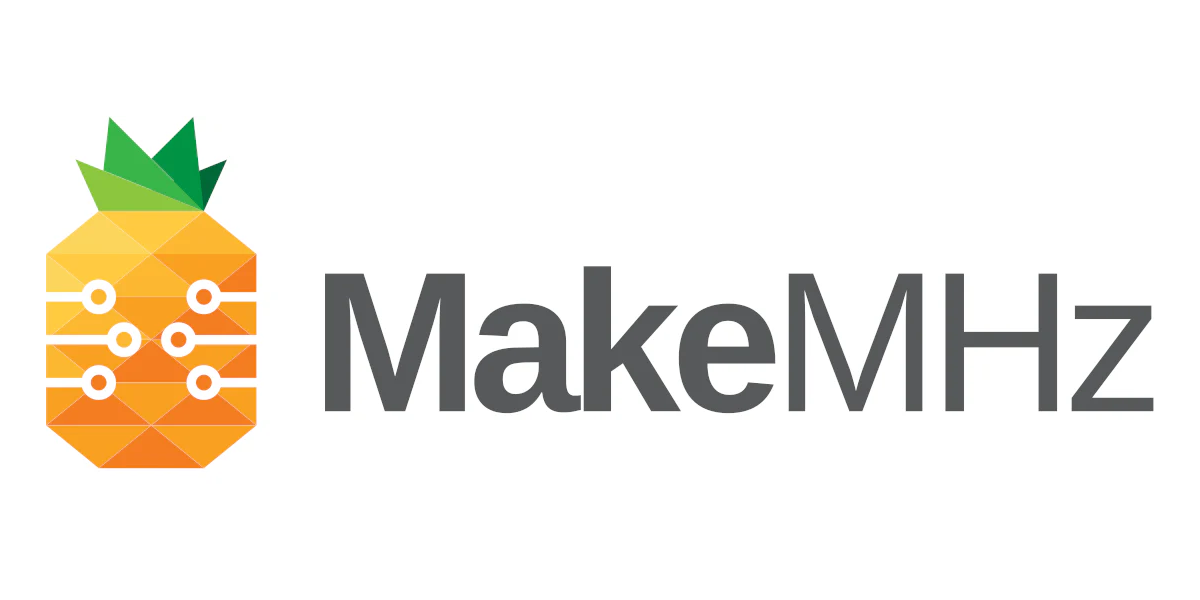
Theft in the Xbox Scene - Part 2
Introduction
This is a continuation of Theft in the Xbox Scene - Part 1, where I began documenting some of the challenges and setbacks we’ve faced as a result of ongoing IP theft and misinformation.

Theft in the Xbox Scene - Part 1
Introduction
This is not an article I want to be writing. It is not something I ever imagined I would have to write. But to explain why I am writing it now, I need to provide some history.

DIY Wifi Enabled Fish Tank
I recently purchased a Aquarius AQ11204 BettaView Brite Corner Tank and a cheerfully blue betta fish. The tank is a simple corner shaped tank that fits perfectly on my desk and adds a bit of life to the mountain of technology that every other inch of my office occupies. This particular tank also incorporates a multi-mode RGB LED that can cycle through different modes by pressing the button at the top. Overall, even without modifications, it’s a great tank!
But.. the lighting is a bit lacking. The light can only be toggled to stay on for a few hours after a complicated sequence of long and short button presses. The lighting modes are quite boring with only a few solid colors and an awkward attempt at PWM control of the LEDs for the fading. Now this got me thinking how I could improve this. I’ve had a bag full of ESP8266 boards for a while now, almost 6 months, that I haven’t done anything with.
For those who do not know anything about the ESP8266; it’s specs are as follows:
- Cost is less than $2 shipped!
- Wi-Fi chip with full TCP/IP stack
- 80 MHz Microcontroller
- 64 KiB of instruction RAM
- 96 KiB RAM
- External 512 KiB flash.
In short, a powerful enough WiFi enabled microcontroller to control both the IO devices and host a basic HTTP server on the cheap!
So let’s get started! The goal for this project were as followed.
- Weekend project. Shouldn’t take more than two days from start to finish.
- Monitor and record water temperature every 30 seconds.
- Text message alert if the water temperature reaches a concerning level.
- Mobile friendly web interface for changing the color and effect mode. (Constant color, fading, etc)

KF-Mario_64 - Map Release
It’s not everyday that I get to sit down and work on something that excites me as much as this project. Over the years I’ve taken great joy in working on video game related projects. When Killing Floor 2 entered Early Access on Steam last year I knew I wanted to finally make a mod for this game.

Reverse Engineering a Bluetooth Enabled Battery Charger
Overview
Through the never ending stream of connected devices on the market we have yet another. Today, I look at and tear into the workings of Efest’s latest product, the Efest LUC BLU6 OLED Intelligent Charger.
The goal of this project is to identify, reverse engineer, and evaluate the safety of this device. Through this process I’ll also be writing a simple interface library in Go as a working exercise in my pursuit to become more efficient in this new programming language.



